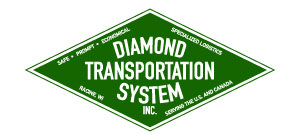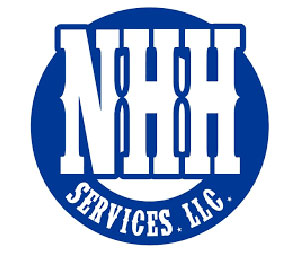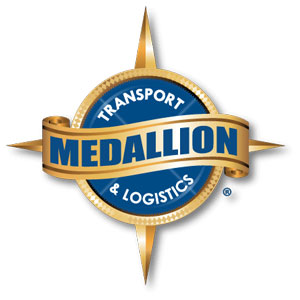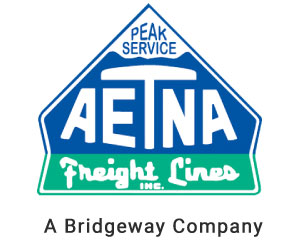6 Tips for Moving Heavy Machinery Safely
When you need to move heavy equipment machinery, the most effective method for doing so combines careful preparation on your part with a heavy equipment transport company that specializes in moving this type of equipment.
Planning Your Load’s Move
You need bulldozers, cranes, and combines hauled from your business to a construction site 200 miles away. Your first step in heavy equipment safety stems from making a plan that includes identifying and hiring a company that specializes in construction equipment transport.
Check the owner’s manual for each piece of equipment to learn from the manufacturer how to avoid accidents when moving the equipment. Some heavy hauls and machinery require the disconnection or removal of batteries, the securing of loose or vulnerable parts, emptying all fluids from the machine, and other activities for safe transport. The responsibility for each of these items belongs to you.
Most owner’s manuals discuss the special permits required for transport. It also typically mentions the codes or laws some areas impose regarding this type of equipment.
How to Hire the Right Transportation Company
Osage Specialized Transport is an agent for several larger carriers, energy sector companies, and heavy equipment-related businesses. We have over 40 years of experience in the industry, allowing us to provide a broader base of varied heavy equipment hauling than any single company has to; no middleman needed.
Choose a reputable transportation firm, like Osage Specialized Transport, that has a long, successful history of moving heavy equipment safely.
Determine How Each Piece of Equipment Needs to Move
The next step consists of determining what you can’t haul as an oversize load. This you plan out as a divisible load. Although this requires more than one truck for transporting the load, it makes the safer choice.
Divide the load into items that can travel on an oversize load and those that cannot.
Prepare Your Shipment Properly
Properly prep your shipment for transport. Your carrier handles insurance for transporting the load. You’ll need to pack a piece of equipment when it must travel as a single piece. This requires either shrink-wrapping it or tarping it.
Shrink-wrap or tarp any piece of equipment that must move as a single piece.
Setting a Schedule
Set your schedule for the heavy equipment move and stick to it. Share this schedule with the freight transport broker and the transportation company as soon as you identify the schedule. Assign tasks to specific individuals, noting specific times and locations for pickup and delivery. This lets everyone know what’s expected of them at the onset of the project. Setting and sticking to a schedule can reduce the risk of accidents or injury.
Set and stick to a specific schedule.
Understanding the Expenses and Costs of Heavy Equipment Transport
No cheap way to safely and legally move heavy equipment exists. Avoid trying to bargain shop. Your freight broker can offer advice on how to budget and provide general guidance on costs to expect. A broker typically works with many transportation companies, so they will recommend those that best suit your needs.
In Conclusion
You can move heavy equipment safely, but it takes planning, budgeting, proper packing and wrapping, and sticking to a schedule. Contact us and work with a transporter that specializes in the type of equipment move you need.















